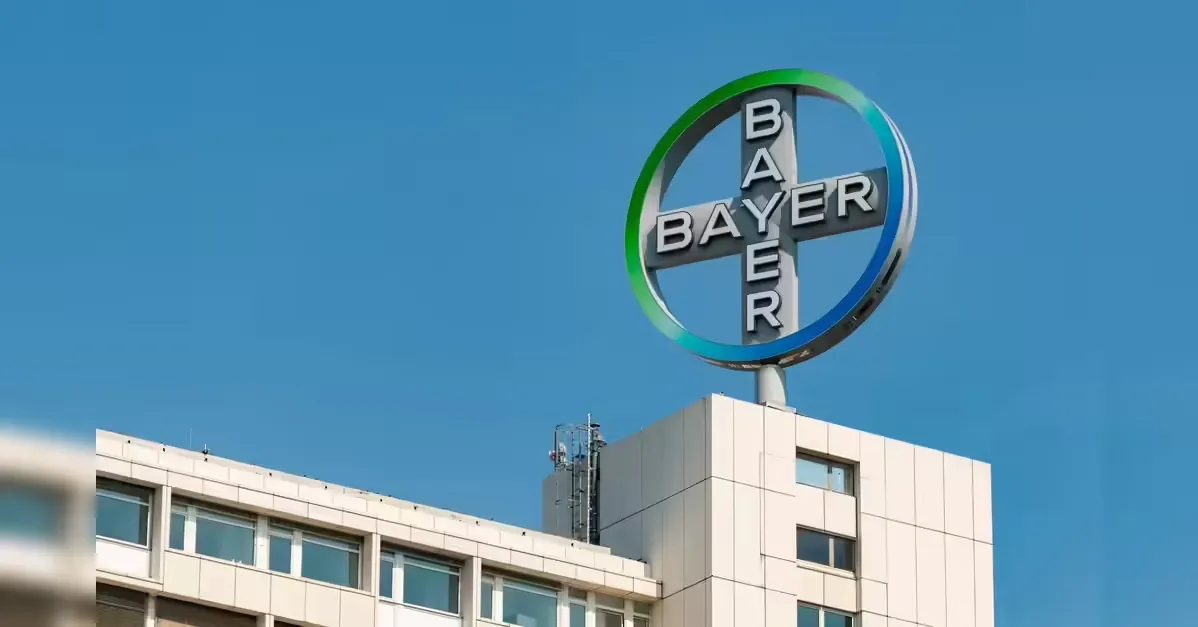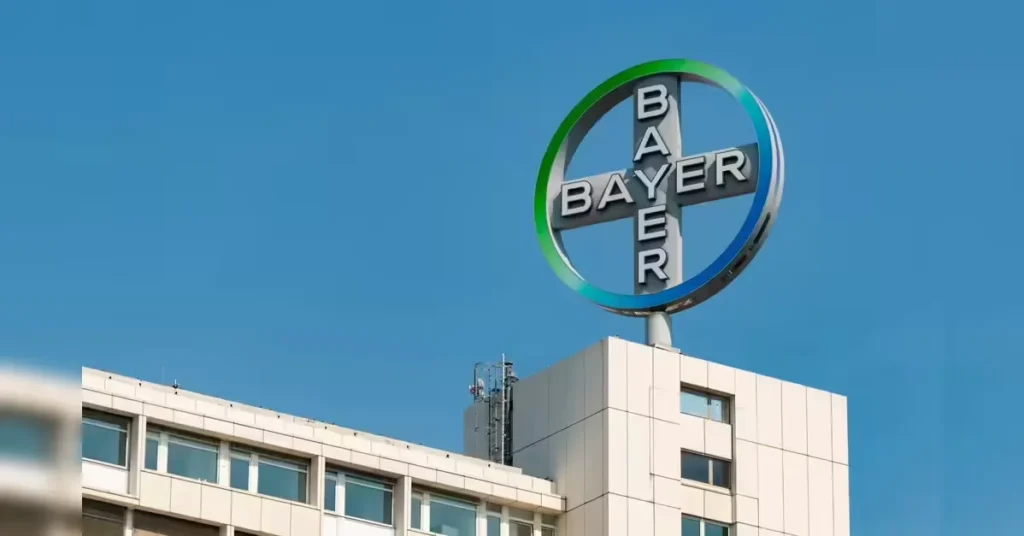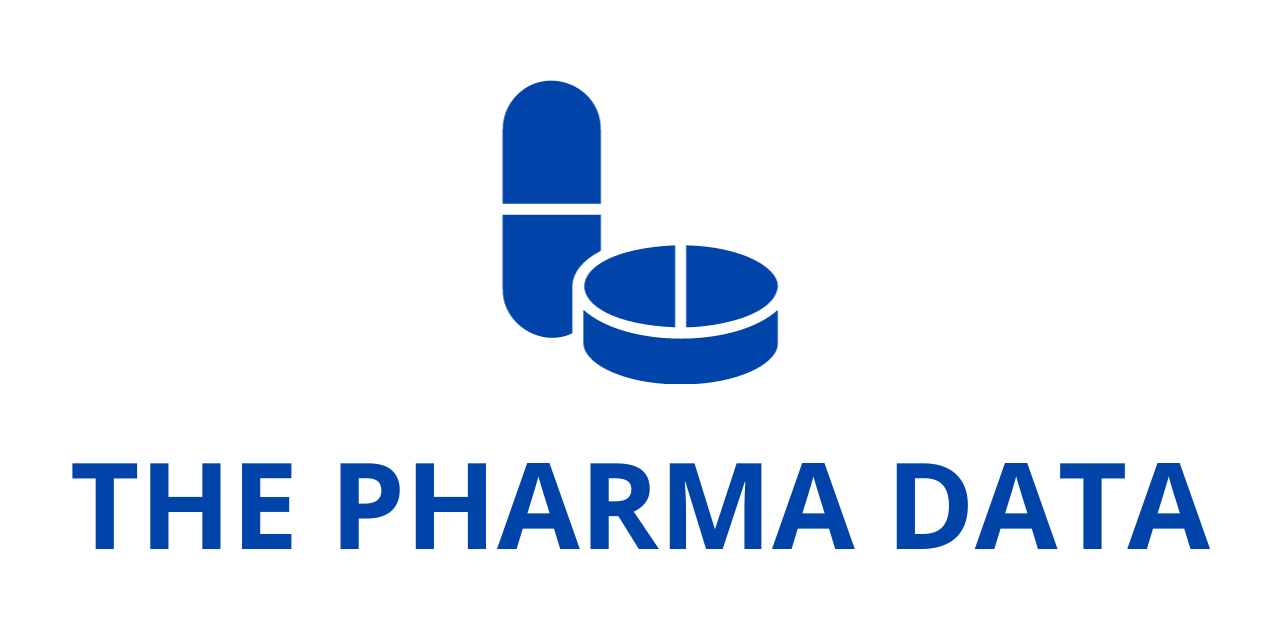
Bayer Raises Full-Year Outlook on Strong Pharma Performance, While Setting Aside €1.7 Billion for U.S. Litigation Risks
Ahead of its scheduled second-quarter 2025 earnings release on August 6, Bayer AG has issued a significant update to its financial guidance for the full year, reflecting stronger-than-anticipated performance in its Pharmaceuticals division. In tandem with the upward revision, the German life sciences and agriculture conglomerate has also disclosed the establishment of additional litigation-related provisions in the United States, a dual development that marks both opportunity and continued legal exposure for the company.
Upgraded 2025 Financial Guidance Driven by Pharma Resilience
Bayer now anticipates higher full-year currency-adjusted Group sales and earnings before special items (EBITDA), underpinned by notable improvements in the Pharmaceuticals division’s first-half performance. On a currency-adjusted basis—anchored to the average monthly exchange rates recorded in 2024—the company has lifted its sales forecast for 2025 to a range of €46 billion to €48 billion, compared to a previously estimated €45 billion to €47 billion.
The corresponding guidance for EBITDA before special items has also been increased to €9.7 billion to €10.2 billion, up from the earlier range of €9.5 billion to €10.0 billion. This adjustment underscores the robust performance of Bayer’s therapeutic portfolio during the first half of the year and signals improved operating leverage, particularly in a year marked by heightened geopolitical and market volatility.
In another favorable revision, Bayer raised its projection for currency-adjusted core earnings per share to €4.80 to €5.30, compared to the earlier range of €4.50 to €5.00. The company’s expectations for free cash flow and net financial debt remain unchanged. Specifically, Bayer still expects free cash flow between €1.5 billion and €2.5 billion, and net financial debt in the range of €31 billion to €32 billion, all on a currency-adjusted basis.
The upgraded outlook does not reflect only internal successes. Bayer acknowledged that the current forecast accounts for anticipated financial impacts from ongoing geopolitical developments, including evolving tariff policies by the U.S. government. These external factors have been integrated into the revised projections, signaling that Bayer’s forward-looking view is calibrated for a dynamic global environment.
Pharmaceuticals Rebounds, Crop Science and Consumer Health Mixed
The upward revision is primarily credited to a better-than-expected rebound in the Pharmaceuticals Division, which has seen considerable stabilization and modest growth in its top-line figures. Bayer now anticipates currency- and portfolio-adjusted sales growth of 0% to +3% in this segment, a stark improvement from its earlier guidance of -4% to -1%. Additionally, the division’s EBITDA margin before special items is projected at 24% to 26%, slightly above the lower bound of the previous estimate of 23% to 26%.
For its Crop Science Division, Bayer maintained its prior full-year guidance. The division has experienced moderate growth and is expected to benefit from new product launches and geographic diversification. During the second quarter, Crop Science posted a 2.2% increase in sales on a currency- and portfolio-adjusted basis, bolstering confidence in its long-term strategy.

In contrast, the Consumer Health Division experienced a less dynamic quarter. Bayer now expects this unit to land at the lower end of its previously communicated growth corridor of +2% to +5% in currency- and portfolio-adjusted sales. However, the EBITDA margin for the division remains consistent, reaffirmed at 23% to 24%, reflecting disciplined cost controls and pricing strategy.
Second-Quarter 2025 Performance Snapshot
Based on preliminary, unaudited figures, Bayer reported Group sales of approximately €10.7 billion in the second quarter of 2025. Segment-level analysis reveals a mixed performance:
- Crop Science posted a 2.2% increase in sales on an Fx & portfolio-adjusted basis.
- Pharmaceuticals reported flat growth at +0.6%.
- Consumer Health also remained flat with a marginal increase of +0.2%.
EBITDA before special items for the Group totaled around €2.1 billion. On a divisional basis:
- Crop Science EBITDA rose to approximately €0.7 billion, marking solid operational momentum.
- Pharmaceuticals EBITDA fell to €1.1 billion, reflecting ongoing investment and R&D spending.
- Consumer Health EBITDA slightly increased to €0.3 billion, indicating stable profitability.
- The Reconciliation segment, which consolidates corporate overhead and miscellaneous items, improved significantly with an EBITDA before special items of -€13 million, suggesting tighter financial management.
Core earnings per share for the quarter came in at €1.23, driven by improved financial results and lower tax burdens. Free cash flow for the quarter stood at €0.1 billion, while net financial debt amounted to €33.3 billion, slightly above the year-end projection range due to currency headwinds and litigation costs.
Increased Provisions for Litigation Total €1.7 Billion
Despite the improved operational picture, Bayer continues to grapple with persistent legal liabilities in the United States—most notably in relation to glyphosate (Roundup™) and polychlorinated biphenyls (PCBs). The company has increased its special items in EBIT by approximately €1.7 billion, primarily due to updated legal provisioning.
A substantial €1.2 billion of these provisions are tied to the ongoing Roundup litigation, particularly following an unfavorable appellate court decision in the Anderson et al. case. Although Bayer has filed to escalate the matter to the Missouri Supreme Court, the ruling triggered a new round of reserve allocations for both anticipated settlement costs and legal defense.
These latest provisions are part of Bayer’s broader legal strategy, which includes reaching settlements to stem the growth of open cases. According to the company, it has now settled or dismissed 131,000 of 192,000 glyphosate-related claims. The number of unresolved cases has declined to 61,000, signaling measurable progress toward Bayer’s stated objective of containing the Roundup litigation by the end of 2026.
Additionally, Bayer recorded €530 million in provisions for PCB-related litigation, covering potential settlements for the Sky Valley Education Center (SVEC) cases in Washington state and new legal exposures such as the Burke case. Most SVEC lawsuits concern alleged personal injuries from PCB exposure within a school building in the Seattle area. Bayer awaits a pivotal ruling from the Washington Supreme Court on the Erickson case, a decision that could significantly influence future legal liabilities in this category.
Full-Year Outlook for Special Items Worsens
As a result of the aforementioned legal provisioning, Bayer has adjusted its forecast for special items in EBITDA for the full year to -€3.5 billion to -€2.5 billion, significantly wider than its prior range of -€1.5 billion to -€0.5 billion. This update suggests that legal matters are likely to remain a drag on reported earnings, even as core operations recover.
The impact of foreign exchange fluctuations is also expected to be material. Bayer estimates that currency movements will reduce:
- Group sales by approximately €2 billion
- EBITDA before special items by €500 million
- Core earnings per share by €0.35
However, on a positive note, foreign exchange effects are anticipated to benefit net financial debt by around €1.2 billion, partially offsetting some of the burdens from litigation and capex.
Strategic Implications and What Lies Ahead
While the continued legal overhang from Roundup and PCB litigation remains a serious headwind, Bayer’s ability to raise guidance despite this reflects a strategic pivot in execution. The Pharmaceuticals division’s turnaround—fueled by newer therapies and streamlined R&D—is proving effective, even as the Consumer Health unit navigates slower consumer demand and the Crop Science unit contends with macro pressures.
With legal clarity still pending in some major jurisdictions and financial provisioning rising, Bayer’s path forward is nuanced. But the company’s proactive legal settlements, alongside strengthening operational fundamentals, suggest that the worst of the turbulence may be behind it.
As Bayer prepares to publish its full second-quarter results on August 6, 2025, investors, analysts, and stakeholders will be watching closely—not just for line-item updates, but for signals on Bayer’s roadmap toward legal closure, debt containment, and sustainable growth across its diversified portfolio.




